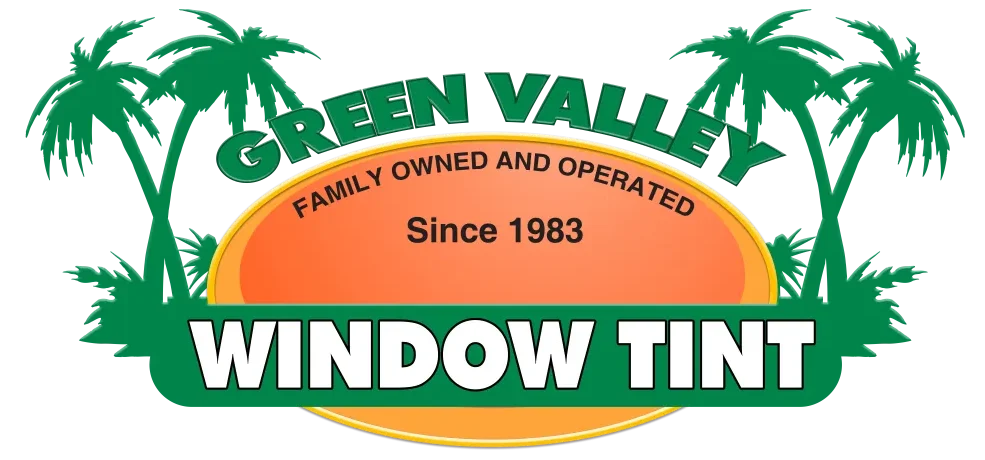In the world of automotive enhancements, window tinting stands out as a multifaceted upgrade, offering both style and practicality. As the interest in window tinting continues to grow, so do the questions surrounding this intriguing process. In this comprehensive blog post, we’re going to dive into the top five frequently asked questions about window tinting, providing you with expert insights to guide your decision-making process. Consider this your guide through the window tinting maze, demystifying the process for a clearer understanding of tinting!
Question 1: What’s the deal with the warranty for window tinting?
The first and foremost question on many minds is about the warranty. At the heart of our commitment to customer satisfaction is a lifetime warranty that extends its protective wings worldwide. This isn’t just any warranty—it’s a comprehensive guarantee covering any potential film failure. Whether you encounter bubbling, peeling, discoloration, or other issues, our lifetime warranty ensures that your investment is safeguarded for the long haul. This warranty does not cover anything caused by the owner! If a nail scratches the film or your window breaks… that is not covered by our warranty.
Question 2: How long does the installation process take?
Time is a precious commodity, and we understand the importance of efficiency in our services. Typically, a standard vehicle’s window tinting installation takes approximately 2-3 hours. However, if you’re looking to include additional windows like windshields and sunroofs, plan on adding an extra hour or so to the installation timeline. Our dedicated team strives to deliver swift and precise installations, ensuring you can enjoy the benefits of your tint in no time. We want to make sure you leave our business happy with your results!
Question 3: Breaking down the differences between 3M Obsidian and 3M Ceramic IR.
Choosing the right tint can be a nuanced decision, especially with a myriad of options available. A common dilemma revolves around the choice between 3M Obsidian and 3M Ceramic IR. Let’s break it down. 3M Obsidian, a standard dyed film, offers minimal infrared heat rejection, hovering around 9%. In contrast, 3M Ceramic IR steps up the game, boasting an impressive 95% infrared rejection (the heat you can feel while driving). Opting for Ceramic IR not only enhances heat rejection but elevates your driving experience to a new level of comfort.
Question 4: What’s the most popular tint shade?
Tint shades are subjective and often depend on personal preferences and needs. However, our experience reveals that the 15% shade takes the lead as the most popular choice. Why? It strikes the perfect balance between privacy and visibility. With 15% tint, outsiders can perceive a silhouette without prying into details. Moreover, this shade ensures optimal visibility at night, promoting a safe and secure driving experience.
Question 5: The mystery behind not going darker than 70% on the front windshield.
Yearning for a darker tint on the front windshield is a common desire, but legal regulations often stand in the way. Tinting the front windshield darker than 70% is generally deemed illegal. However, fear not! We provide a solution with our 3M Ceramic IR and 3M Crystalline films, both offering stellar heat rejection. The 3M Ceramic IR 70% blocks a significant 78% of infrareds (heat you can feel while driving), while the 3M Crystalline 70% takes it a step further with an astounding 97% infrared rejection. Compliance with regulations doesn’t mean compromising on performance.
In the intricate world of window tinting, knowledge is key to making informed decisions. We hope this deep dive into the most common questions has provided the insights you need. If curiosity lingers or concerns arise, our expert team is ready and eager to assist you. Trust us to be your guiding light in the fascinating realm of window tinting.





